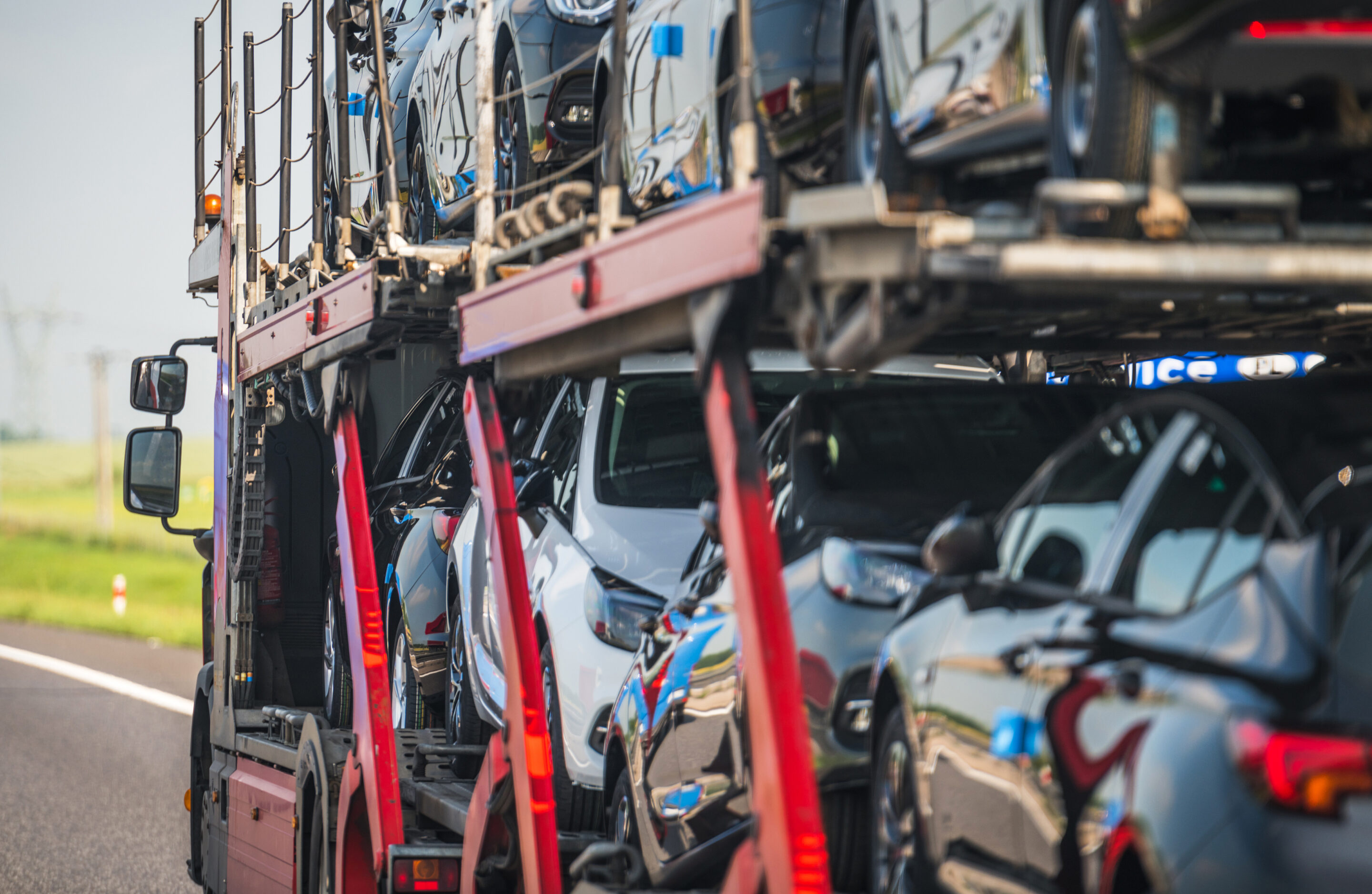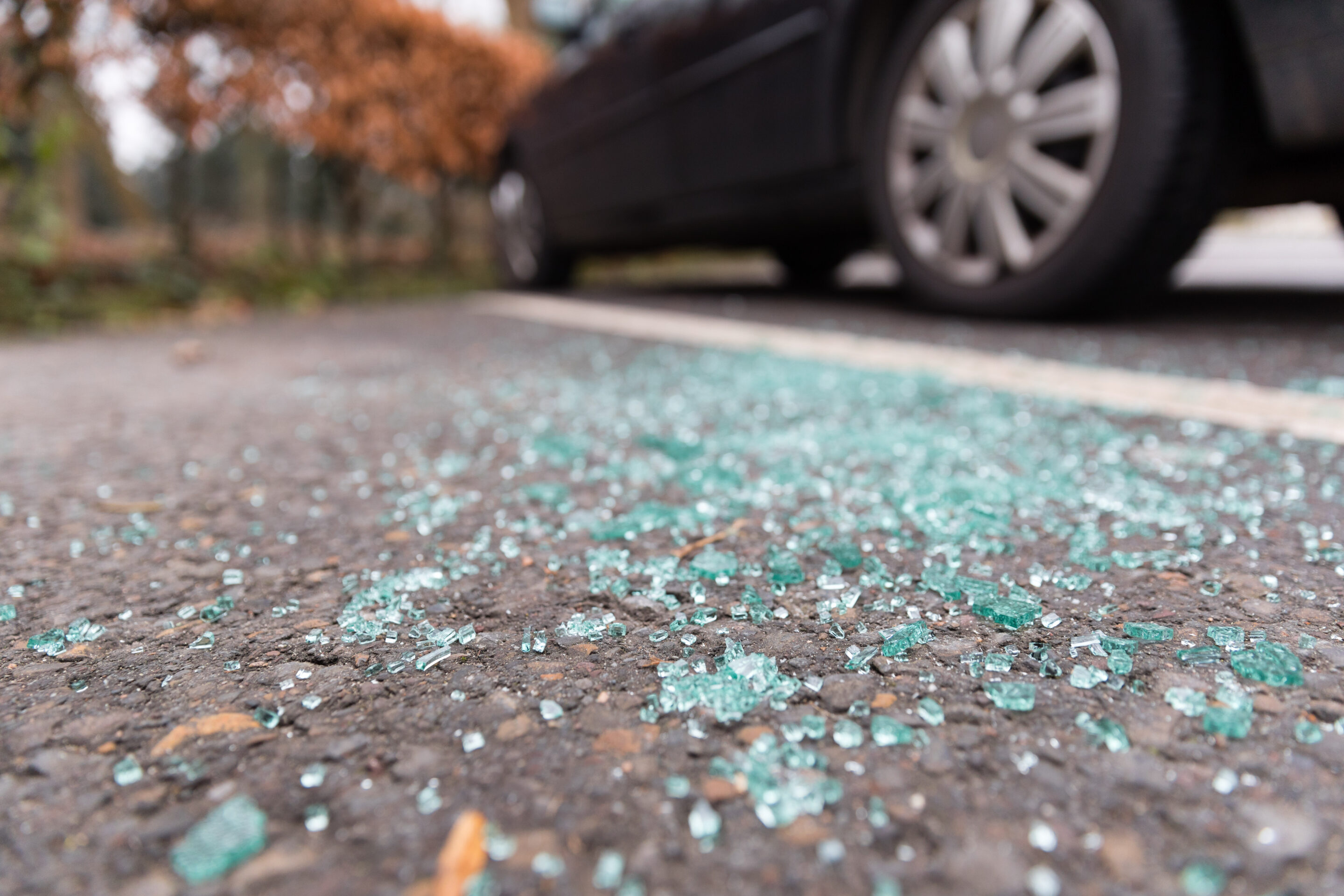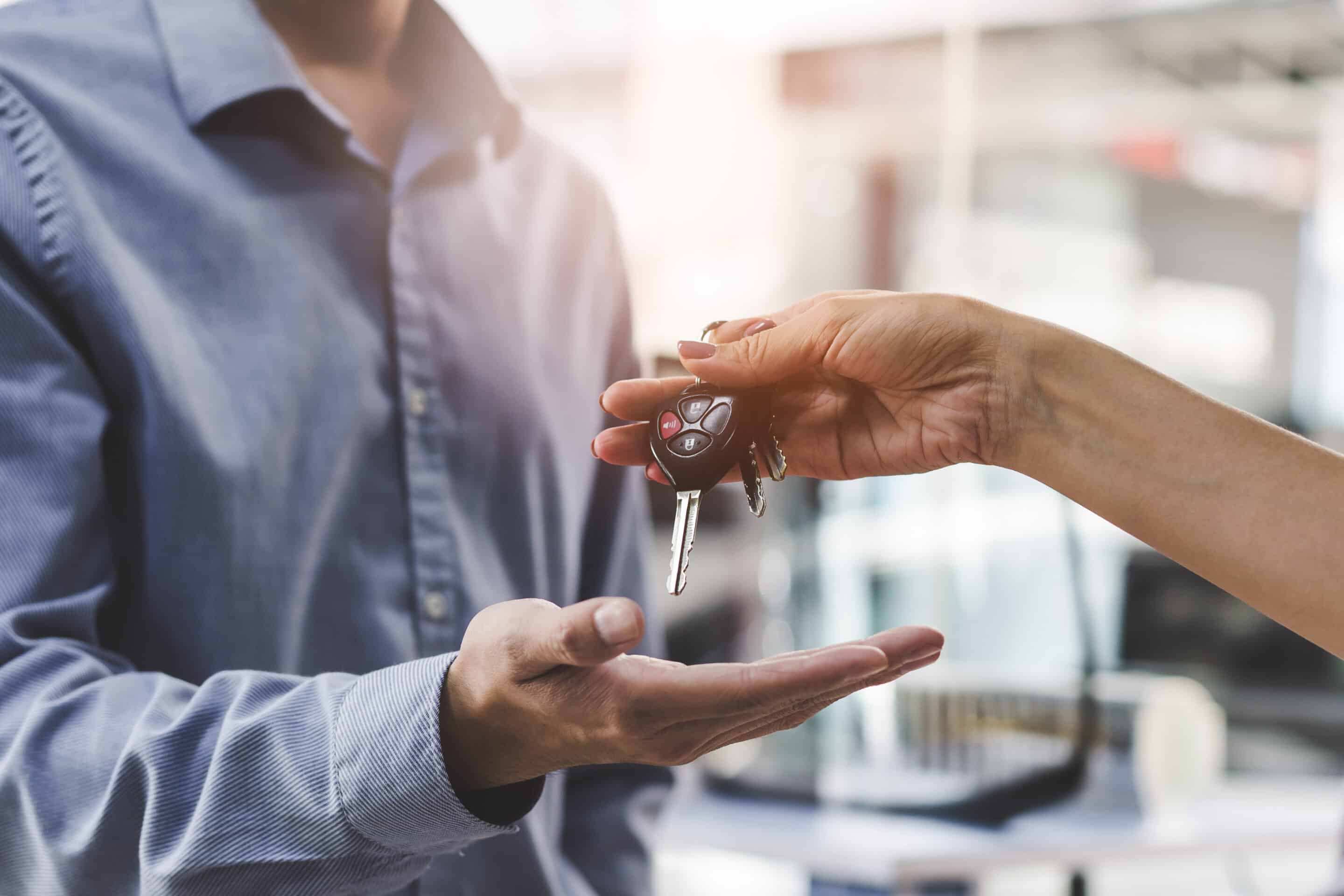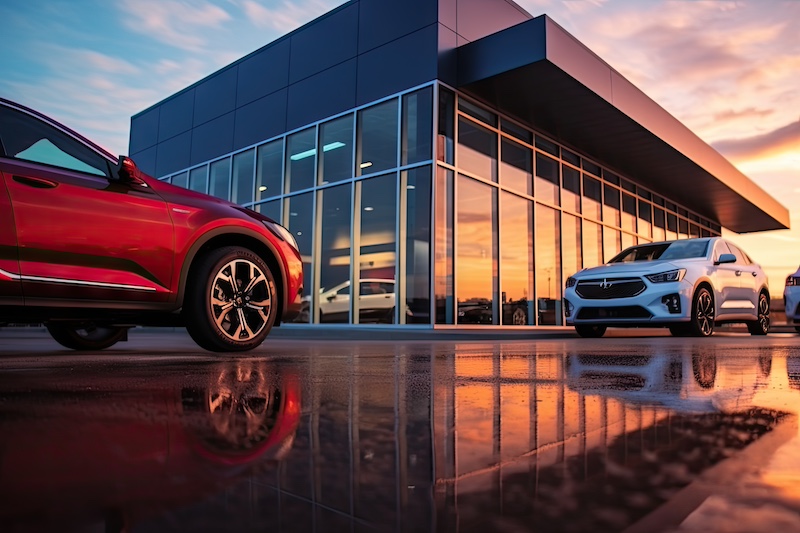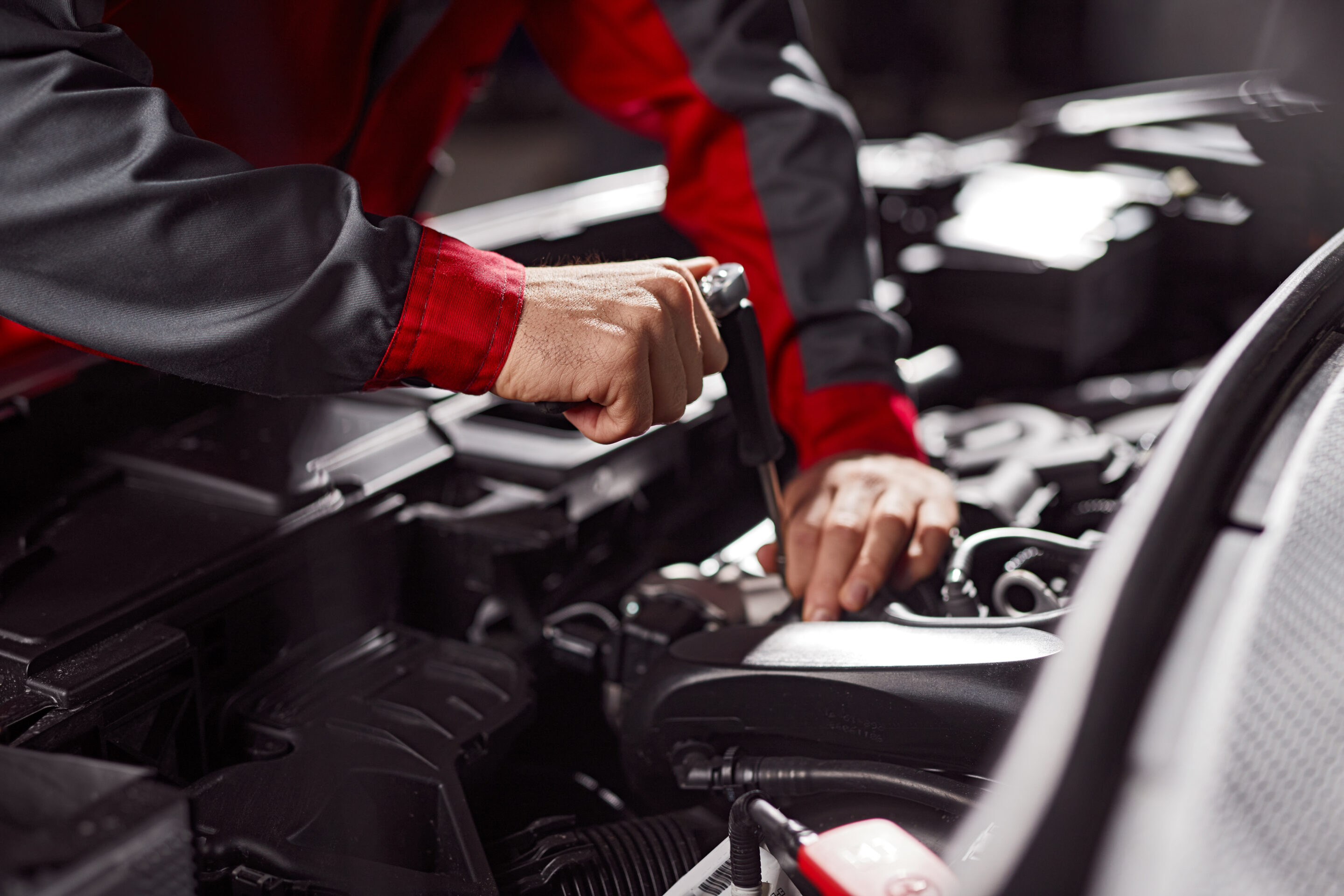Calculating fixed absorption is one of the most important business-strength measurements a serious dealership investor can make. In case you aren’t savvy on this, fixed absorption is a calculation of the gross profit generated in the “fixed departments” — service, parts, and body shop — divided by the total (I mean all) dealership expenses. For example, an operation might have a 50% fixed absorption rate, leaving 50% of the expenses to be paid by the “variable departments” — new and used retail vehicle unit sales.
Service, parts, and the bodyshop are referred to as “fixed” because they fix things (just kidding). This definition is related to their supposed ability to generate consistent gross profit regardless of the current economic condition. In good or bad times, vehicles are still pacing the highways in droves (no pun intended). On the other hand, the sales departments are referred to as “variable” because they are highly affected by market conditions, including highs and lows which no one can control. Sometimes they are referred to as variable due to sales employee turnover mimicking a dragster burnout — ok, not in your store.
Carry this
Let’s say a dealership had monthly expenses of $400,000 and the fixed departments generated $200K in gross, which is obviously 50% of those expenses. The remaining $200K would be paid by the gross profit generated from vehicle retail sales. Simply put, if the dealership delivered 100 retail vehicles, the expense burden per retail unit would be $2,000, a hefty number for most franchises these days.
In the Net Profit Garage workshops we have been making this calculation and the results have been an eye-burner. After completing this reckoning on hundreds of dealerships, we are finding that most are falling between a meager 40 to 50% fixed absorption (again, against all expenses), which, when combined with the downturn in vehicle sales, is creating a burden per retail unit of well over $2,000, and many times up to the $2,500 range.
Ouch!
The industry overall had a 46% downturn in new unit sales over the past two years, which is already driving service customer counts down dramatically, along with the generation of parts and service gross profit. If the retail unit sales are slow to recover as predicted, that retail unit burden could easily hit $3,000, and if you aren’t managing a Mercedes Benz store — forgetaboutit.
Okie dokie
Growing the fixed ops gross profit to increase fixed absorption isn’t going to be an option for some dealers’ survival. The good news is that there is a very large market of other makes and models, as well as second and third owner vehicles being serviced in the Aftermarket. It’s time to win some of that ignored business back, which is available in large part, just by asking. But, how many additional service vehicles do you need to attain a 10%, 20% increase in fixed absorption, and more importantly, how many do you need to hit the magic 100% number?
Consider this, at 100%, every nickel of vehicle gross goes to the bottom line — I could live like that. Attaining that delightful number might not take as much volume of new traffic as you might think. To help you conjure that, I have constructed a convenient two-tab Excel Workbook for you to do your own calculations. Just send me an E-mail at [email protected] and put “100% Is What I Want”on the subject line.
A note here: Some of the e-mails I am returning to you from my AOL address are ending up in spam, sometimes because I have added your attachment. I do return every e-mail request I receive, so if you didn’t get a response from me in the past, check that account. It may be hiding there — if not give me a call at 205.663.1962 for Plan B.

